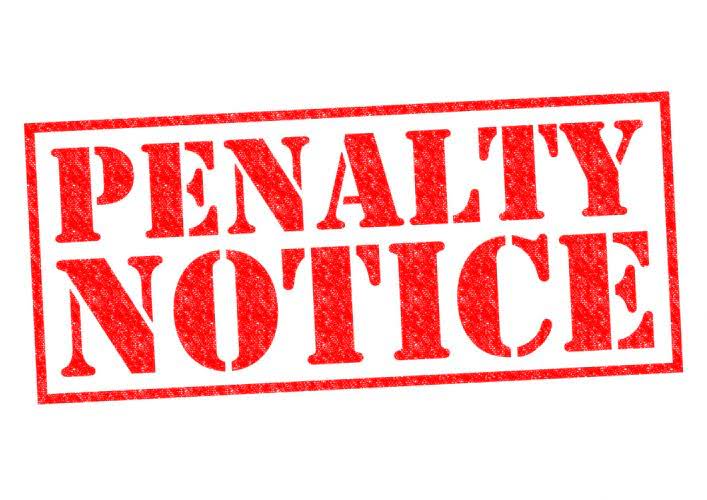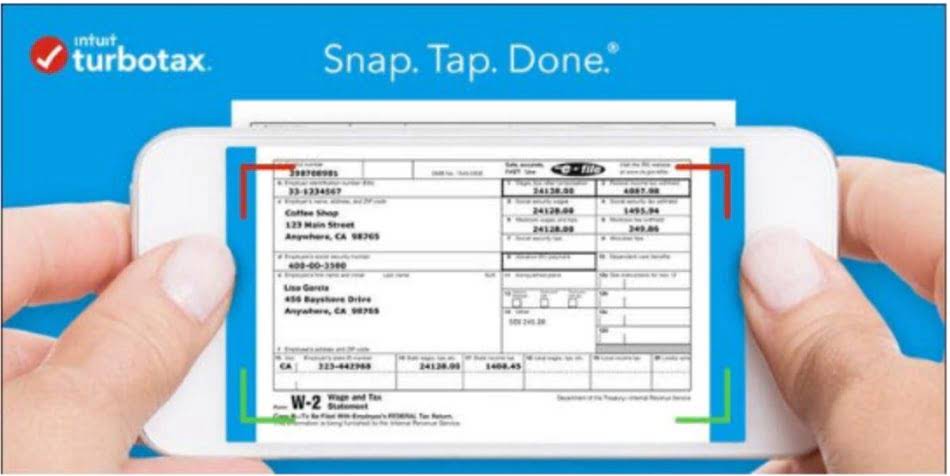What Does ‘MM’ Mean in Accounting?
How to train an LLM on your own data
29 marzo, 2024Get prepared to enhance your daily life with all the naughty dates app
15 abril, 2024
However, it’s fairly uncommon for “Million” to be abbreviated outside of scientific circles. Most native speakers wouldn’t care much about “million” as an abbreviation because they won’t often come across the number in their daily lives. If you’re confused about the letter designations that stand for thousands and millions, you’re not alone. Below is a break down of subject weightings in the FMVA® financial analyst program. As you can see there is a heavy focus on financial modeling, finance, Excel, business valuation, budgeting/forecasting, PowerPoint presentations, accounting and business strategy. Frequently, in finance and accounting settings now, an analyst will use k to denote thousands and a capitalized M to denote millions.
- However, there are official abbreviations out there that you might come across, and it would help to know about them.
- At Old Republic Surety we seek to deliver transparency and clarity in our communications.
- M means a thousand, so MM is the sum if you multiply M by M, or 1,000 multiplied by itself equals 1,000,000.
- I’ve found answers on the web but also got conflicting answers from financial professionals (coworkers).
- For the past 52 years, Harold Averkamp (CPA, MBA) hasworked as an accounting supervisor, manager, consultant, university instructor, and innovator in teaching accounting online.
Why do bankers use M instead of K? TheStory Behind the MM Convention
If the company sells 26,000 units, the accountant can record that as 26M units. If net income runs to $6,500,000, it goes on the books as $6.5MM. The MM abbreviation works whether the entry is in dollars, some other currency or millions of items or customers.
How do you write 2 million dollars?

According to the New York Times, having $1 million puts you in nearly the 90th percentile of household wealth in the U.S. (the 50th percentile is $127,000). It’s not surprising that most people don’t have $1 million because unless you make a ton of money, it is tough to save that much. The “MM” is just stylistics and is not meant to be “doubled.” Therefore, “10 MM USD” is simply US$10 million, or US$10,000,000. I’ve found answers on the web but also got conflicting answers from financial professionals (coworkers). For the past 52 years, Harold Averkamp (CPA, MBA) hasworked as an accounting supervisor, manager, consultant, university instructor, and innovator in teaching accounting online. He is the sole author of all the materials on AccountingCoach.com.
Learn more about our services and how we can help you.

Boost your confidence and master accounting skills effortlessly with CFI’s expert-led courses! Choose CFI for unparalleled industry expertise and hands-on learning that prepares you for real-world success. This guide will explore how the notation should be used, what does mm mean money as well as alternative symbols that are used in practice. If you think there’s any possibility of your use of MM being confusing or being misinterpreted, you’re safer writing out the numbers or using «millions.»

If, say, you use it for both units and dollars in the same document, separate the different categories so your readers don’t get confused. It’s also common to see K used for 1,000 and B for a billion. Unfortunately, there isn’t a consistent approach to net sales labeling units. The least ambiguous approach is to simply write them out in words, such as “$ thousands.” This is Corporate Finance Institute’s recommended method, to avoid any potential confusion.

Conclusion: An Enduring Convention
- For example, an annual salary of $60,000 might appear as $60k instead of $60M.
- In this example, we intentionally chose a piece of analysis that contained various different units, such as dollars and shares.
- The example below shows how figures can be portrayed in millions.
- The least ambiguous approach is to simply write them out in words, such as “$ thousands.” This is Corporate Finance Institute’s recommended method, to avoid any potential confusion.
- Darrel has over 30 years of proven success and is skilled in developing relationships with internal and external stakeholders to drive superior business results.
- I generally use $___MM, which was, and still is, often used by accountants and economists.
Darrel has over 30 years of proven success and is skilled in developing relationships with internal and external stakeholders to drive superior business results. At Old Republic Surety we seek to deliver transparency and clarity in our communications. If you see an abbreviation that is confusing or unclear, please reach out to your local underwriter or branch for clarification, even if you are just asking for a friend. To understand MM, we have to go back to the early days of accounting when Roman numerals were used to record ledgers. In this era, M already signified 1,000, while MM denoted 1 million. I can’t find in Google any list of the money abbreviations used by English people.
